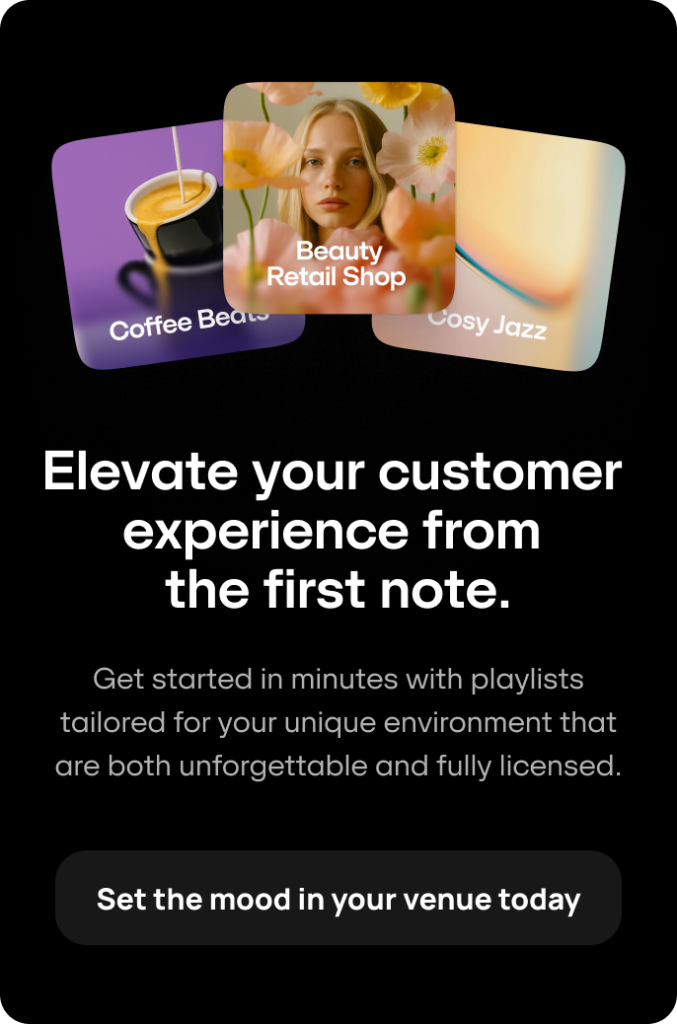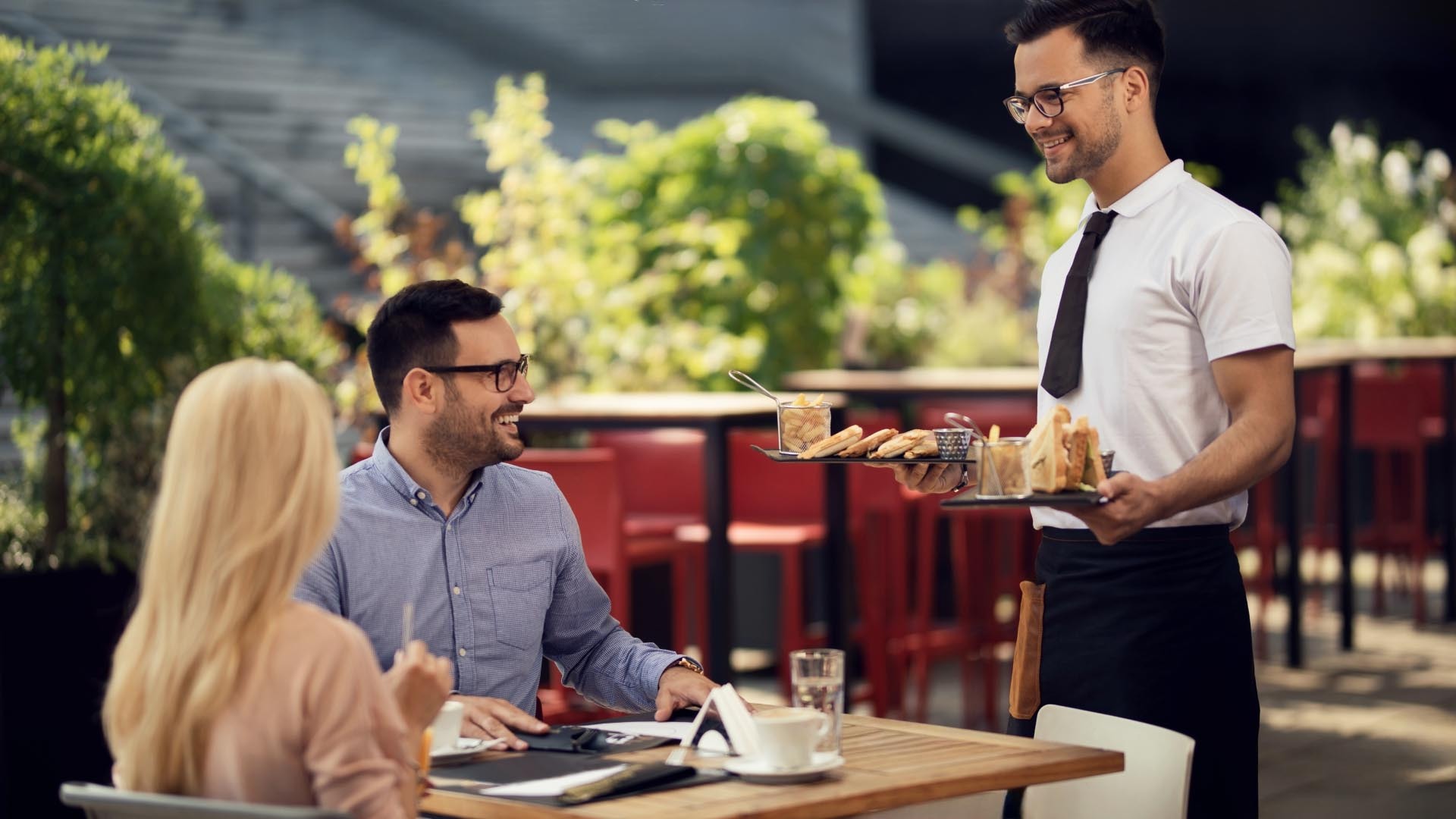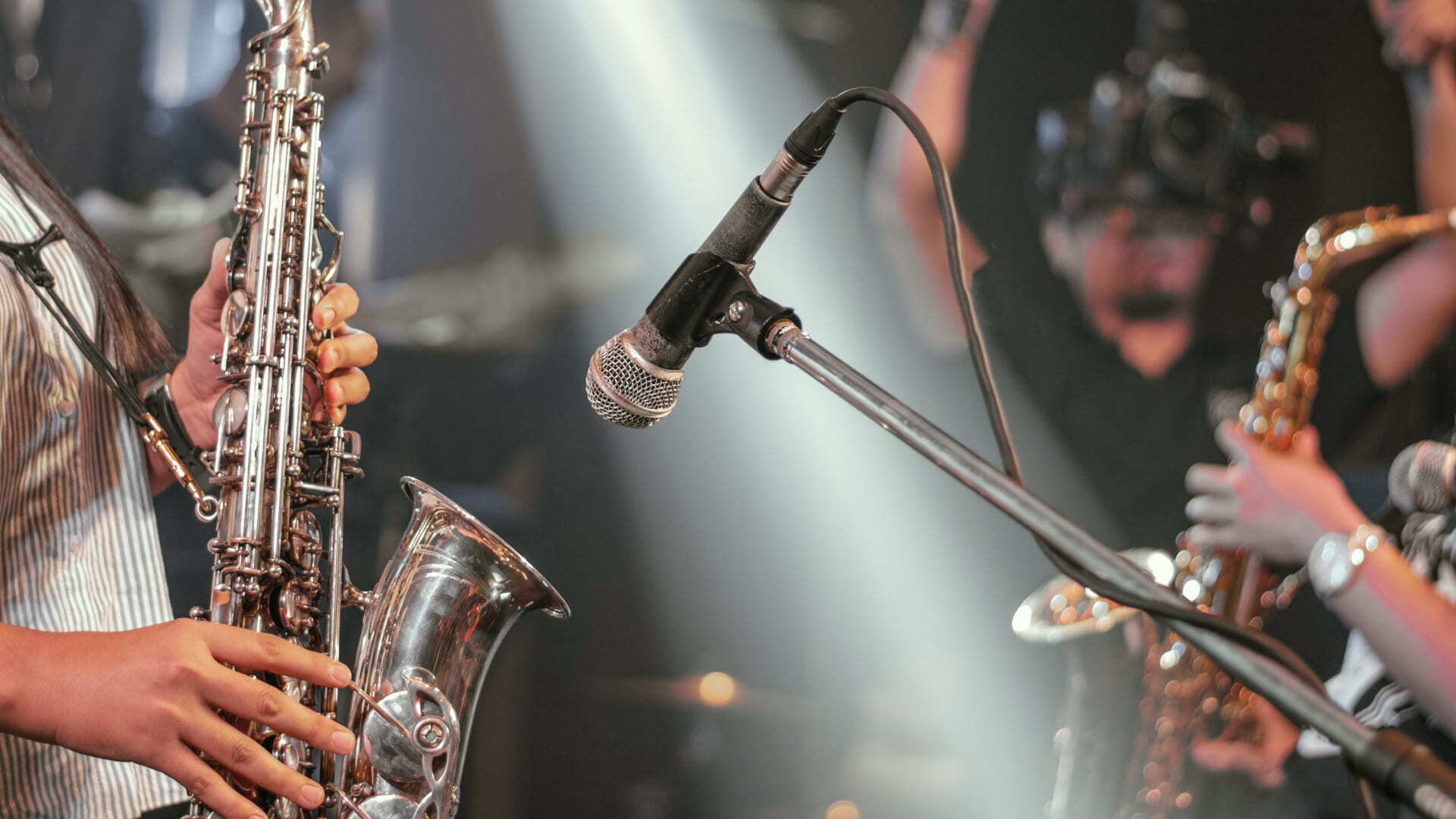7 simple ways to improve your restaurant table turnover rate

“I’m excited we managed to increase our restaurant table turnover rate by 30%. This allowed us not just to serve more guests but also to significantly grow income while our employees are happy about the pay raise.” —Imagine that you are the one who says these words.
If you’re running a restaurant, you know how important it is to maximize seat turnover rate, which is the number of times a table is occupied by different customers during a certain period. In fact, table turnover rate is one of the main KPIs that demonstrates how well you utilize space, staff, menu, software, and other resources.
A high table turnover rate means that tables at a hospitality place are occupied by different people for shorter times. As a result, a business is able to serve more guests. The higher the seat turnover rate, the more money you finally earn.
So, if you aim to maintain a competitive edge and increase restaurant revenue, you need to boost table turnover rate. In this article, you will discover the main techniques—either quick-start ideas or comprehensive techniques—to achieve this goal. Let’s begin.


How do you improve restaurant table turnover rate?
1. Use an online reservation system
One way to improve your restaurant seat turnover is to enable customers to book tables in advance, confirm their reservations, and receive reminders about future visits. A reservation system can help you manage tables more efficiently and reduce the waiting time for guests. For this purpose, you can utilize a turnkey online platform, for example, OpenTable or Resy.
With a reservation system, it is also possible to track client arrival and departure times. Thanks to this, you’ll be able to adjust a seating plan accordingly.
2. Let customers order food when booking a table
Another thing you can do to boost table turnover rate is to allow people to order food and drinks before arrival. You can offer this option when customers make reservations online or over the phone or incorporate a pre-ordering feature into a mobile application.
This will help you plan tasks and workload of kitchen staff and waiters more efficiently. Guests, in turn, can have dishes much faster or even as soon as they are seated. As a consequence, you will manage to reduce client wait times and increase satisfaction.
3. Play brand-fit background music
Background music is an inexpensive, yet powerful way to improve table turnover rate. In fact, music can affect the speed at which people take food. Analysts determined that music tempo has an impact on the chew rate. Respondents were asked to eat several pieces of chocolate when listening to different-tempo music.
The survey revealed that eating duration was significantly longer when playing slow-paced tunes with notes connected into one another (“legato”) compared to fast songs with notes played separately (“staccato”).
Therefore, you can cause customers to take food more quickly by streaming upbeat energetic tracks that evoke a sense of excitement or urgency. Fast-food restaurants, night bars, pubs, and other public venues of this kind will especially benefit from this technique.
Interestingly, brand-fit background music for restaurants may help you increase revenue. When choosing carefully selected music that reflects their culture, restaurants can push up overall sales by over 9%, the sales of desserts — by greater than 15%, and the sales of side dishes — by more than 11%, as reported by HUI Research.
The main task is to find personalized background music that fits brand concept, guest preferences, and staff tastes. Compiling playlists manually, however, requires time, effort, and knowledge of music’s psychological effects on consumer behavior.
Streaming music via apps like Spotify and YouTube Music is illegal and may lead to huge fines. When employing radio, you have to deal with multiple ads, talks, and announcements.
To gain the most out of background music, we recommend that you use a specialized music streaming service for business. Moodby Play, for example, provides 500+ stations, centralized music management, remote control across multiple locations, explicit lyrics filter, offline mode, and other cool features.
With licensed restaurant music tailored to your needs, you will maximize table turnover, boost customer satisfaction, and grow income.
4. Optimize a restaurant menu
A long and complicated menu can slow down the ordering process, leading to increased time guests spend at the table. To boost restaurant table turnover rate, it is advisable to optimize the menu by offering fewer items. We also recommend that you suggest dishes that the kitchen can prepare quickly.
Furthermore, you can use menu engineering techniques, for instance, highlight special offers, popular dishes, and chef ‘s specialties to draw customer attention and encourage guests to make orders faster. On top of that, this will help you influence consumer choices and increase sales.
5. Provide staff training
If you’re wondering how to grow a restaurant business and improve table turnover rate, it is crucial to focus on staff training. When waiters are attentive, courteous, and well aware of the menu and specials, people enjoy the service and tend to leave positive reviews.
When kitchen professionals cook delicate dishes faster than staff in other establishments, you increase consumer satisfaction and minimize waiting times. This way, customers are willing to spend more and return to your public venue.
Additionally, you should train employees to recognize the signs of when customers are ready to order, pay, or leave, and act accordingly. For instance, you can teach servers to suggest bringing checks when guests push their plates away or looking around for assistance.
6. Invest in restaurant technology
Technology may be a powerful way to boost restaurant table turnover and operational efficiency. There are many technological solutions that can enable businesses to automate workflows and increase guest satisfaction.
For example, you can utilize a point of sale (POS) system that integrates with existing software that can include online ordering, inventory management, and kitchen display systems. Thanks to this, you will streamline the communication and coordination between the front- and back-of-house teams, ensuring fast order processing and delivery.
What’s more, you can employ a table management system to track reservations, monitor occupancy, and control waitlists. This way, you will optimize seating capacity, reduce wait times, and avoid overbooking.
You can also use digital signage or screens to display the menu, promotions, the number of orders, and queue, keeping customers informed and engaged. So, if you aim to improve performance and seat turnover rate, consider making technology a part of your restaurant growth strategy.
7. Automate the payment process
To automate the payment process and serve tables faster, you can integrate pay-at-the-table technology. For this purpose, you can use, for instance, a mobile app or specific device that allows customers to pay for meals right at their tables, without involving a waiter.
The staff will not have to run back and forth between the kitchen and dining area while guests will enjoy a higher level of convenience and privacy. As a result, you will improve not only restaurant table turnover rate but also client engagement and overall productivity.
Summing it up
By improving table turnover rate, you can not only increase restaurant revenue and employee productivity but also boost customer satisfaction. Following the above mentioned recommendations, you will manage to serve more guests in shorter times while providing them with an awesome experience.


